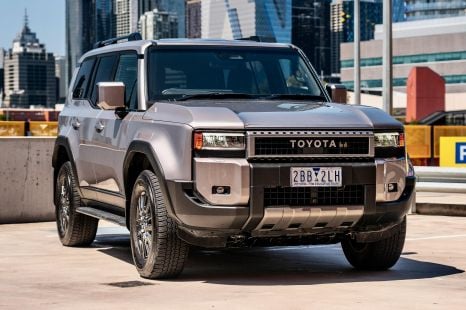

Max Davies
2025 Toyota Prado GXL review
2 Months Ago

Contributor
The biggest, baddest BMW is gearing up to get a new look.
Spy photos of the 2022 BMW X7 reveal Adrian van Hooydonk’s design team is preparing to take the facelifted seven-seater in a new direction.
Up front, the LCI X7 is expected to adopt a two-tier headlight design instead of the slim, single-tier design of the current car.
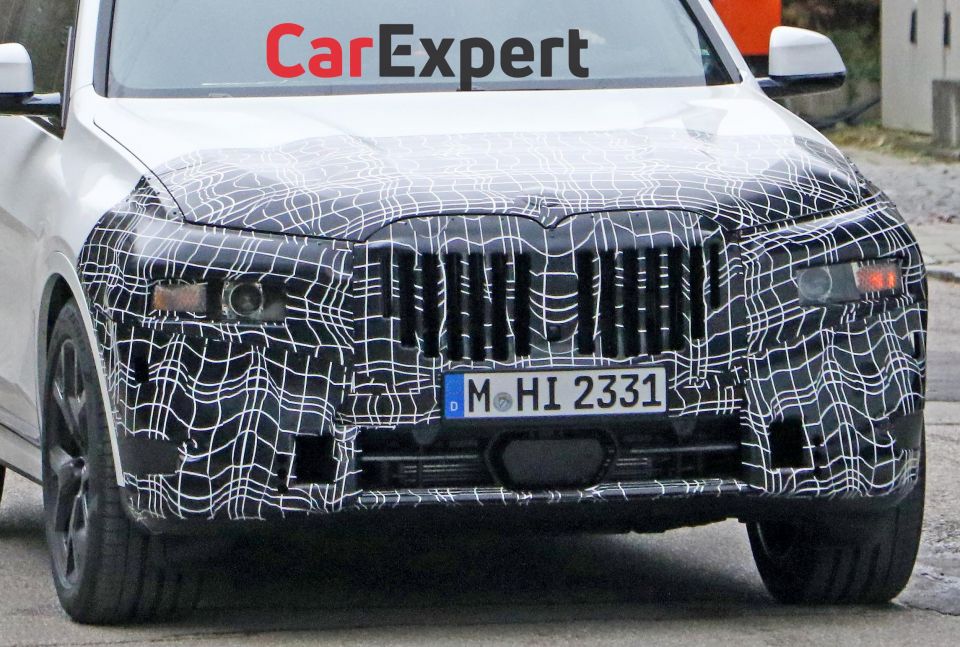
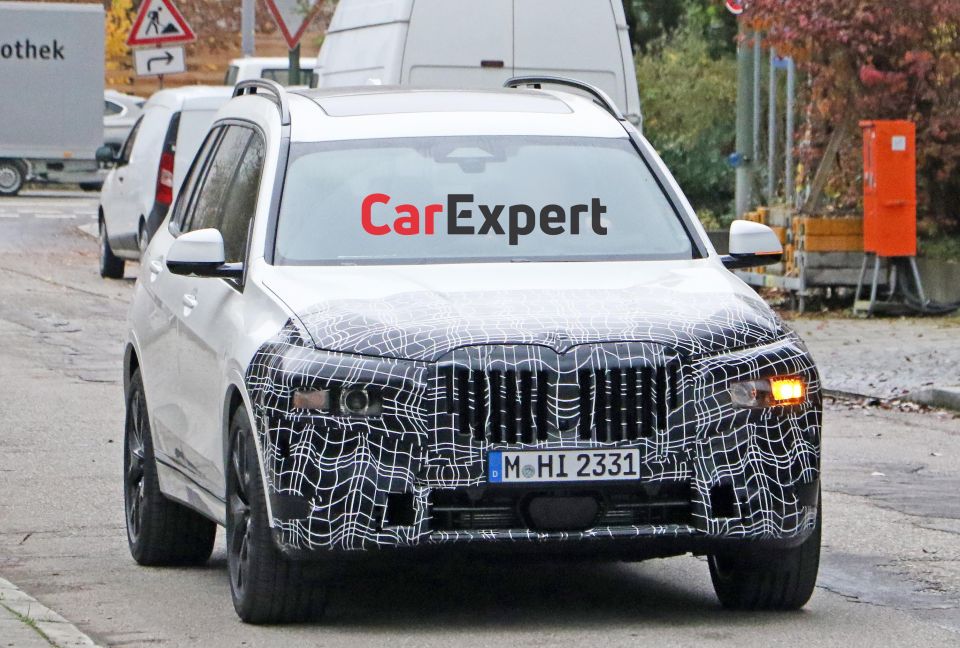


The car snapped in Germany has what look like main beam projector headlights set at the centreline of the grille, while the indicators appear different to those of the current car.
Expect to see detail changes to the bumpers to match the revised lights, although exactly what that’ll look like isn’t clear just yet.
Down back, the X7 looks likely to stick more closely to its current design, with similar tail lights and bumpers. Detail changes are likely, along with adjustments to the LED light signature.

Updates to the current engine range, which includes the xDrive30d and M50i petrol, are likely. However, the one-time M50d turbo-diesel flagship won’t be coming back.
Removed from the line-up in August 2019, the X5 and X7 M50d won’t be returning. Instead, the petrol M50i will remain at the top of the range.
“The M50i has permanently replaced the M50d for the Australian market,” a BMW Australia spokesperson confirmed.
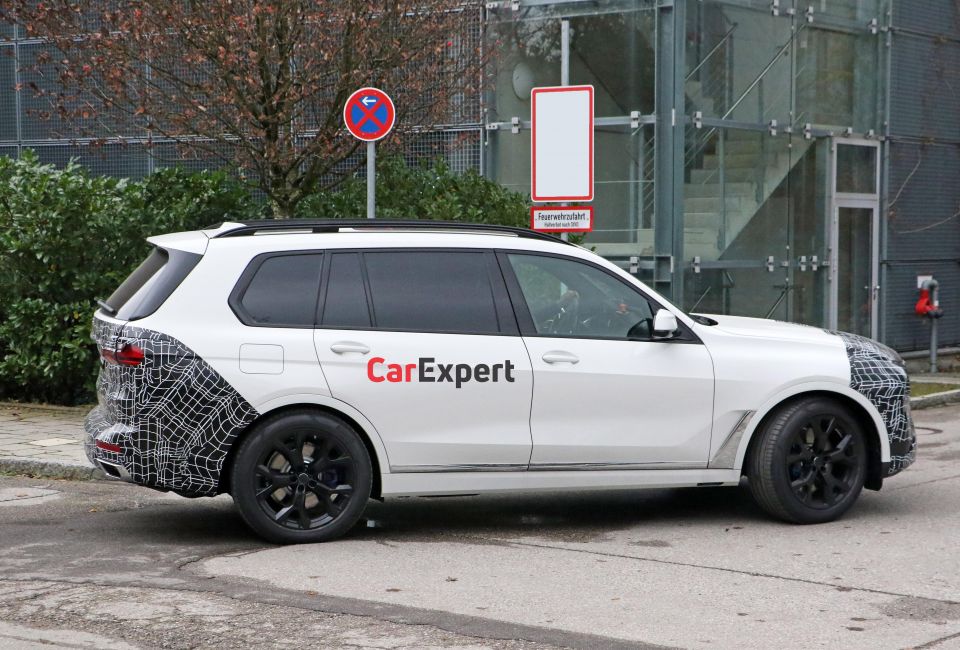
The original sales stop was pinned on a global shortage, and was meant to be temporary. When sales stopped, the M50d accounted for 16 per cent of X5 sales and 12 per cent of X7 sales.
Australia isn’t alone in losing its diesel flagship. Autocarreports the M50d is being removed from the BMW Europe range due to its complexity, which makes it expensive to manufacture.
Both X5 and X7 M50d models were powered by a 3.0-litre inline-six diesel engine with four turbochargers, putting out 294kW of power and 760Nm oftorque.

With an eight-speed automatic transmission and xDrive all-wheel drive the X5 could hit 100km/h in 5.2 seconds from standstill, while the X7 manages the same sprint in 5.4 seconds.
The petrol-powered M50i puts out 390kW and 750Nm from its 4.4-litre twin-turbo petrol V8.
Where expert car reviews meet expert car buying – CarExpert gives you trusted advice, personalised service and real savings on your next new car.
Scott Collie is an automotive journalist based in Melbourne, Australia. Scott studied journalism at RMIT University and, after a lifelong obsession with everything automotive, started covering the car industry shortly afterwards. He has a passion for travel, and is an avid Melbourne Demons supporter.


Max Davies
2 Months Ago


Matt Campbell
1 Month Ago
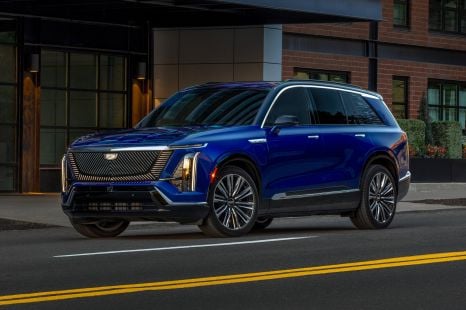

William Stopford
1 Month Ago
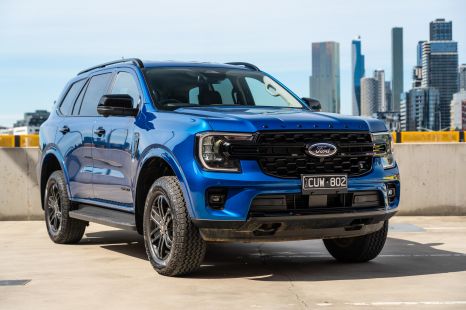

Josh Nevett
1 Month Ago


Max Davies
23 Days Ago


Max Davies
23 Days Ago